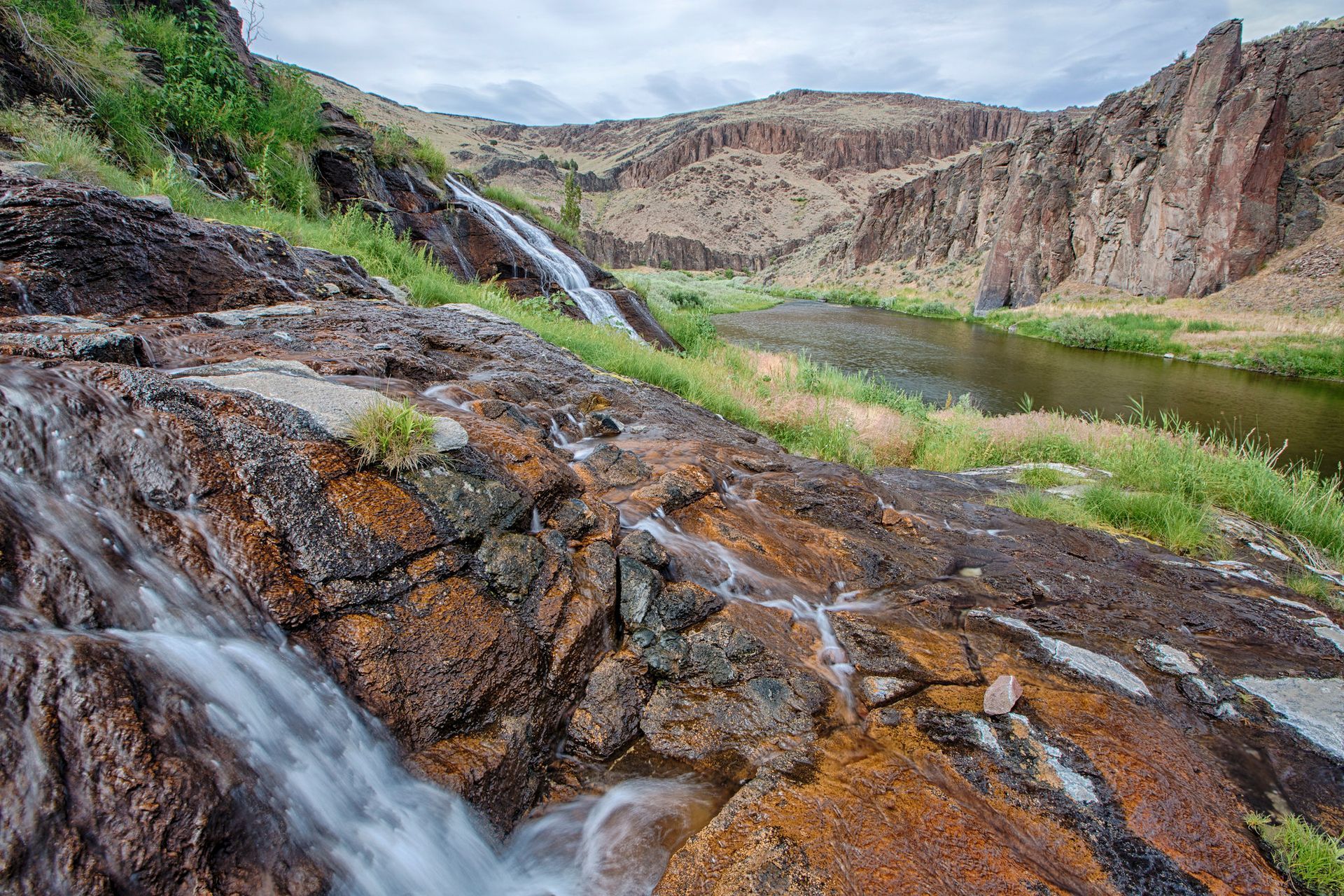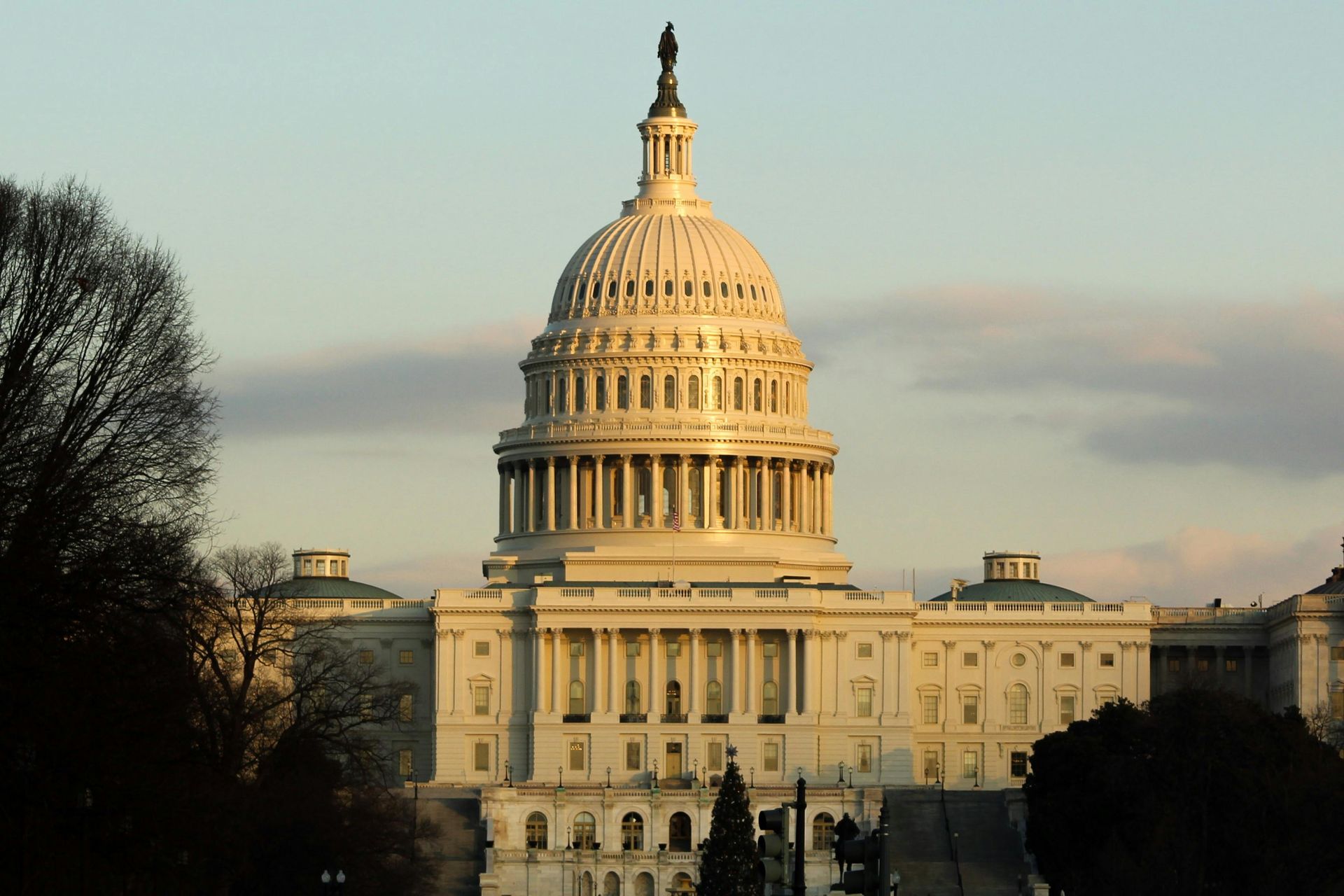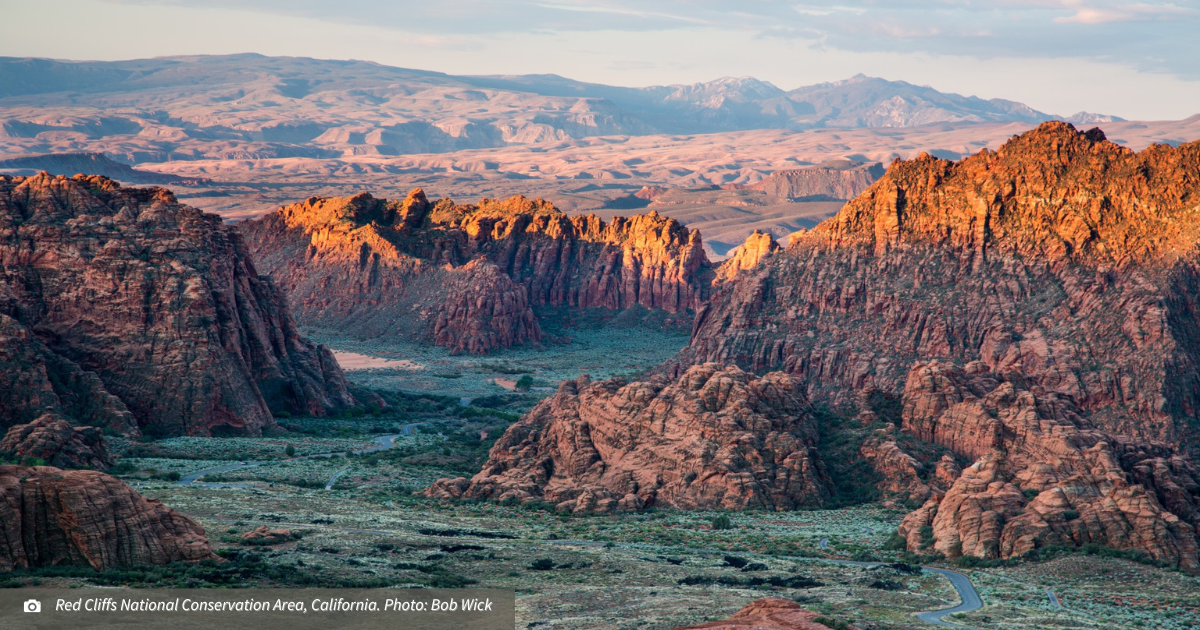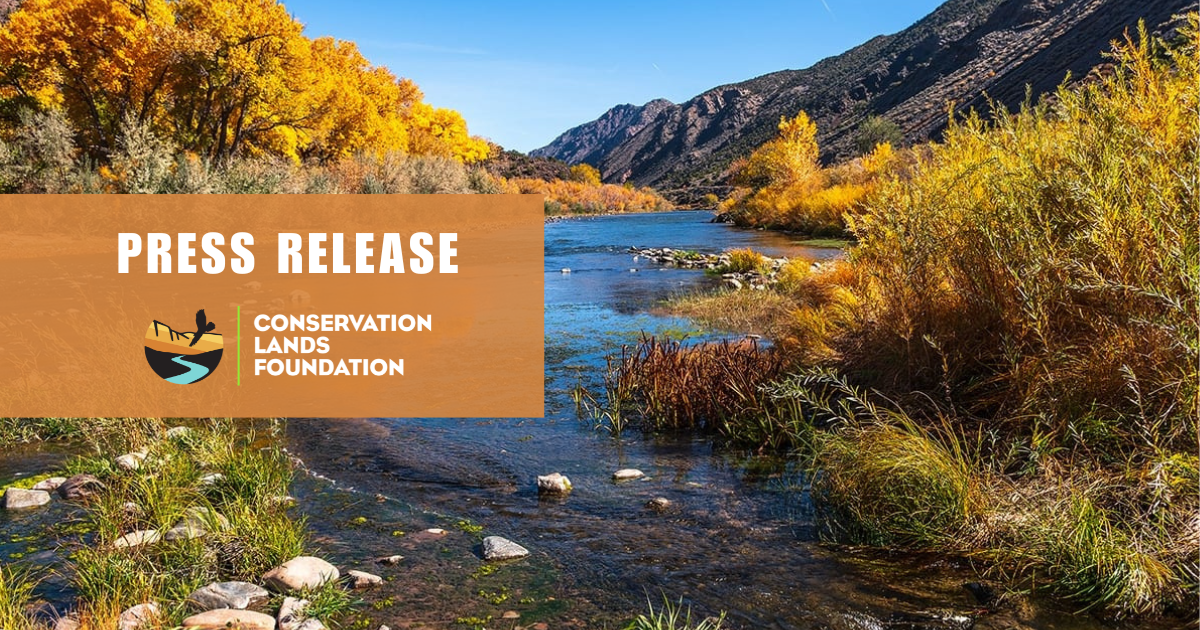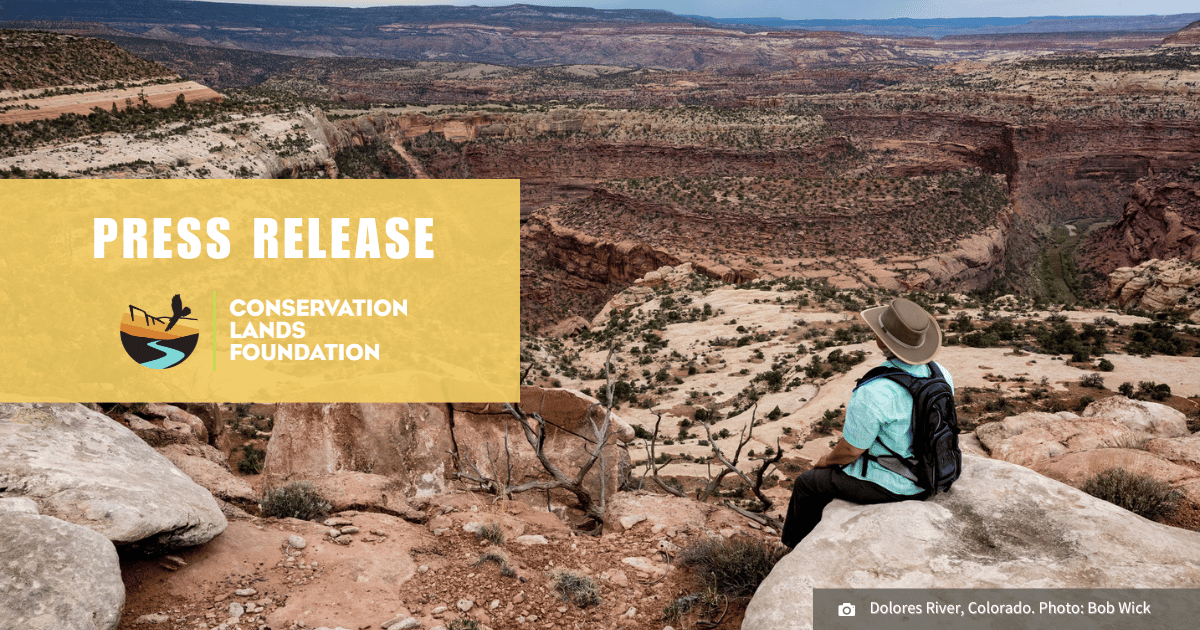March 2025 CLiF Notes: Court Wins & Conservation Challenges
This month brings both victories to celebrate and emerging challenges that demand our continued vigilance and action.

In this issue, we honor Arizona Representative Raúl Grijalva's conservation legacy, share our 2024 Impact Report, celebrate the reinstatement of Interior Department employees, and alert you to new attacks on public lands. We also preview next week's gathering of Friends Grassroots Network advocates in Washington DC, where they'll meet with their members of Congress to speak for the lands and waters we all love and depend on.
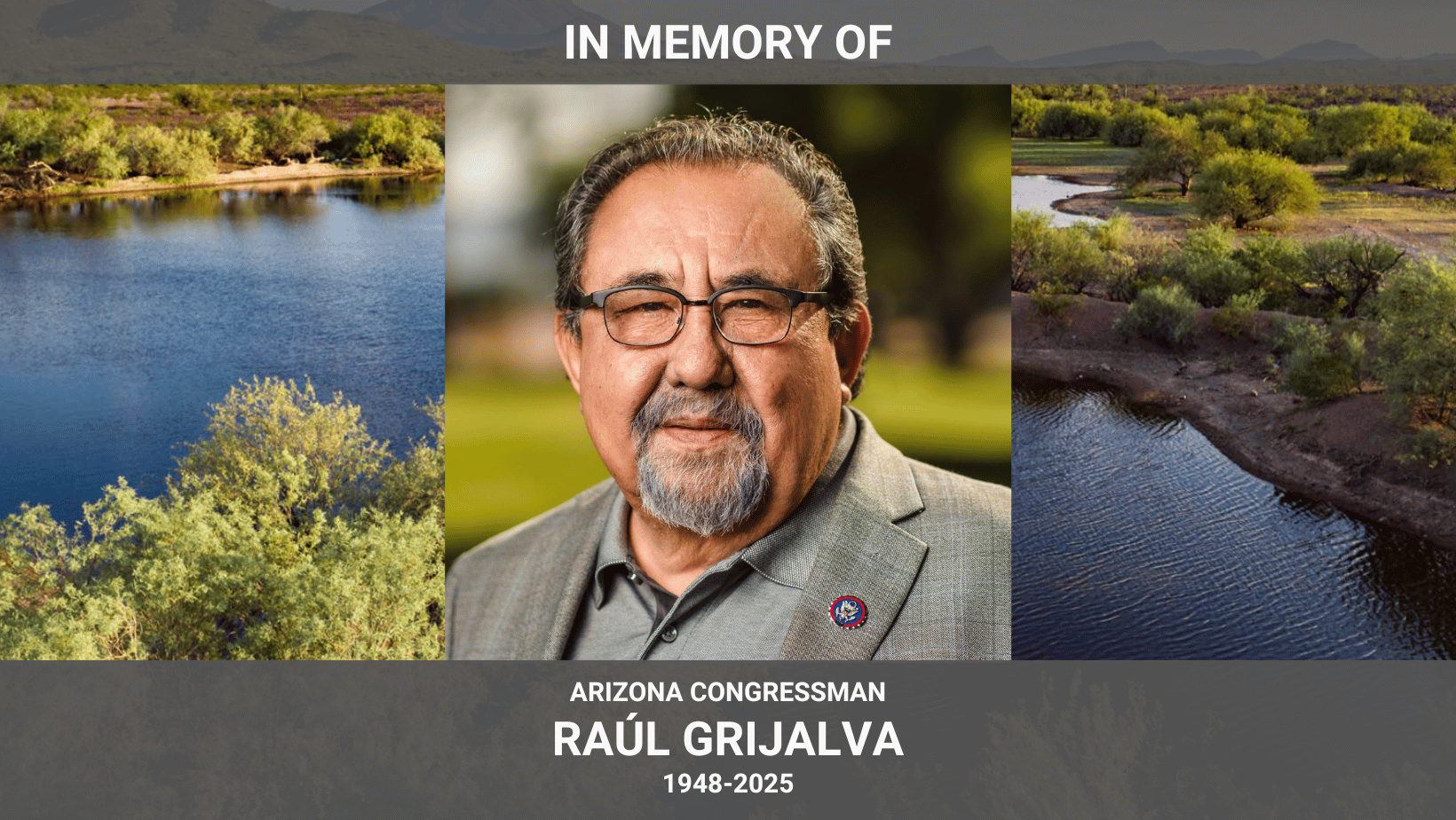
Photo: Great Bend of the Gila, AZ | Dawn Kish
We are deeply saddened by the passing of Arizona Representative Raúl Grijalva, a true conservation hero who dedicated his career to protecting public lands like Baaj Nwaavjo I'tah Kukveni – Ancestral Footprints of the Grand Canyon National Monument – and elevating the voices of those who depend on them. Conservation Lands Foundation and our Friends Grassroots Network partners were honored to work alongside Rep. Grijalva for nearly a decade, and we will honor his remarkable legacy by continuing to fight for the landscapes he cherished.
Take Action: Join us in honoring Representative Grijalva's memory by urging your federal elected officials to protect the Great Bend of the Gila.
Dive Into Our 2024 Impact Report
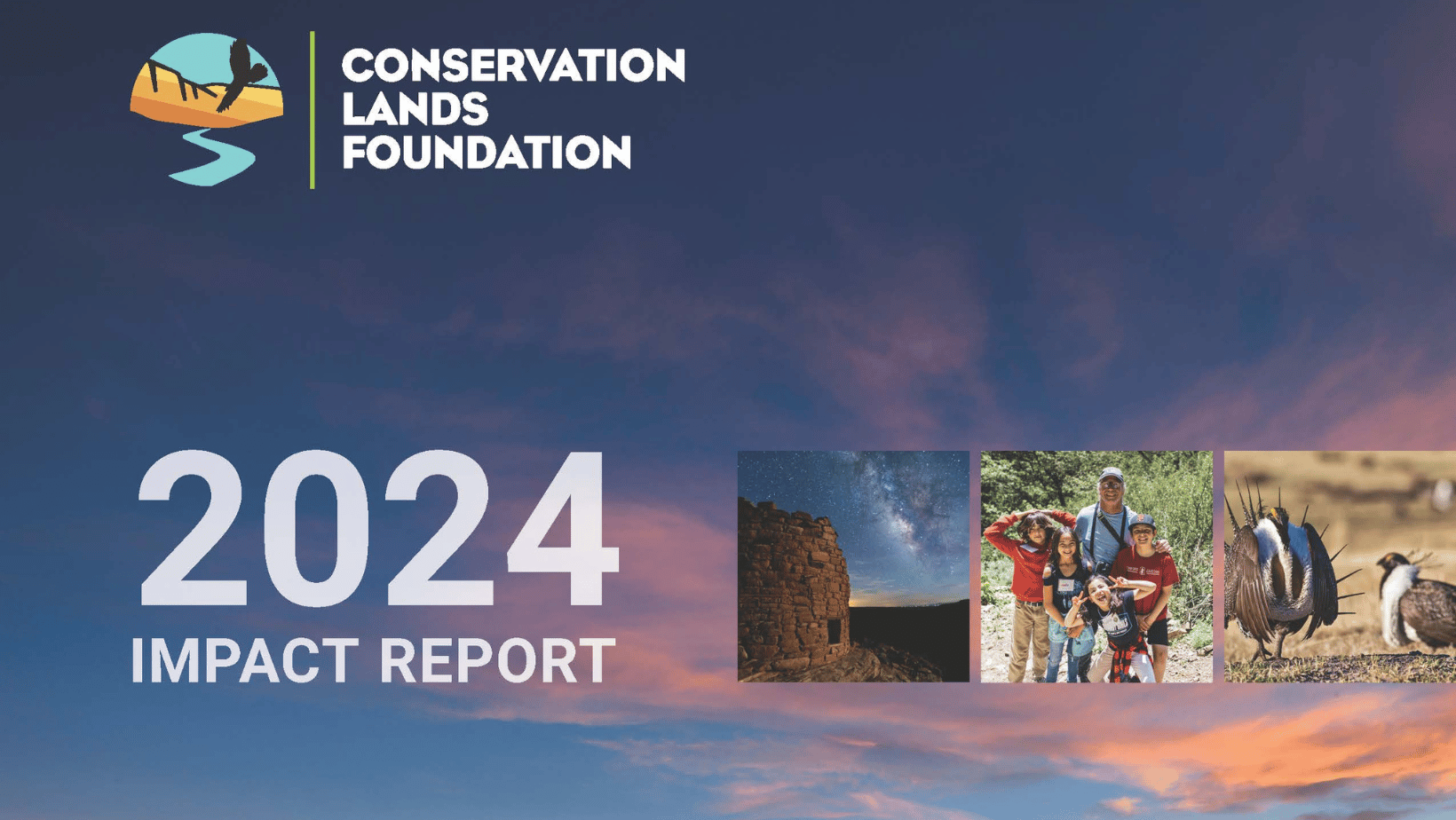
From all of us at the Conservation Lands Foundation, we’d like to thank you for being a vital part of our inspiring community of changemakers that helped us achieve extraordinary conservation milestones last year as part of our Protect What Matters campaign. From landmark national monument designations to transformative conservation policies, you’ll find all of these successes and the powerful partnerships that made them possible in our 2024 Impact Report.
Federal Court Orders Reinstatement of Interior Department Employees
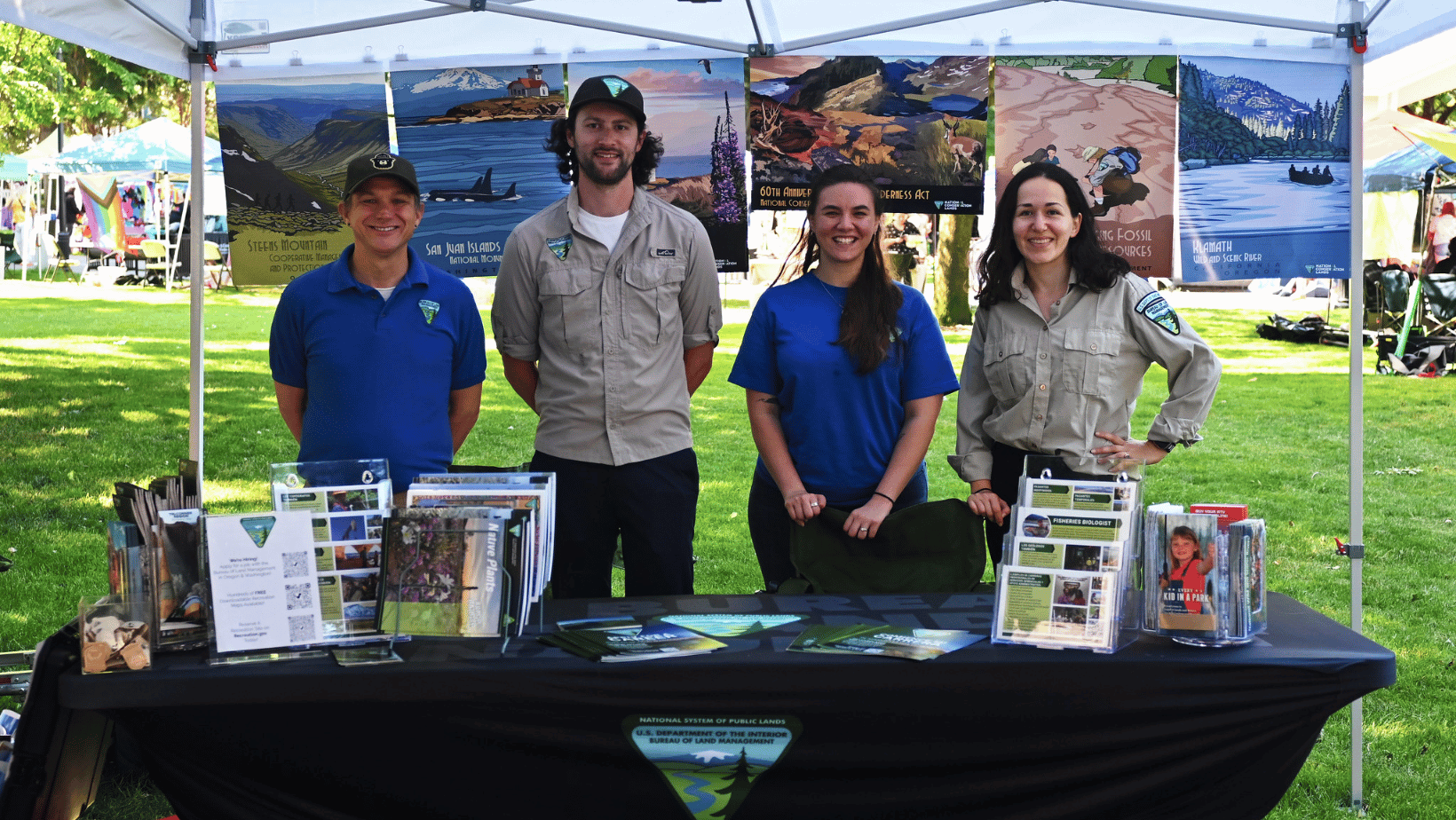
Photo: Bureau of Land Management
This month, a U.S. District Judge ordered the immediate reinstatement of federal workers who were terminated in February, including staff from the Department of the Interior. While the ruling spells good news for public lands, the risk of losing these - and even more - federal employees remains. Earlier this week, the White House asked the Supreme Court to intervene.
The Impact: Despite being reinstated, the immediate termination of thousands of public land employees has had rippling impacts, causing delays in maintenance and restoration projects and the reduction of services.
Our Take: Our fight to ensure the Bureau of Land Management is properly staffed and funded is far from over. This month’s federal ruling is a powerful example of why our work is conducted at all levels of government, including the courts where many conservation battles are ultimately decided.
Administration Attacks on Public Lands Intensify
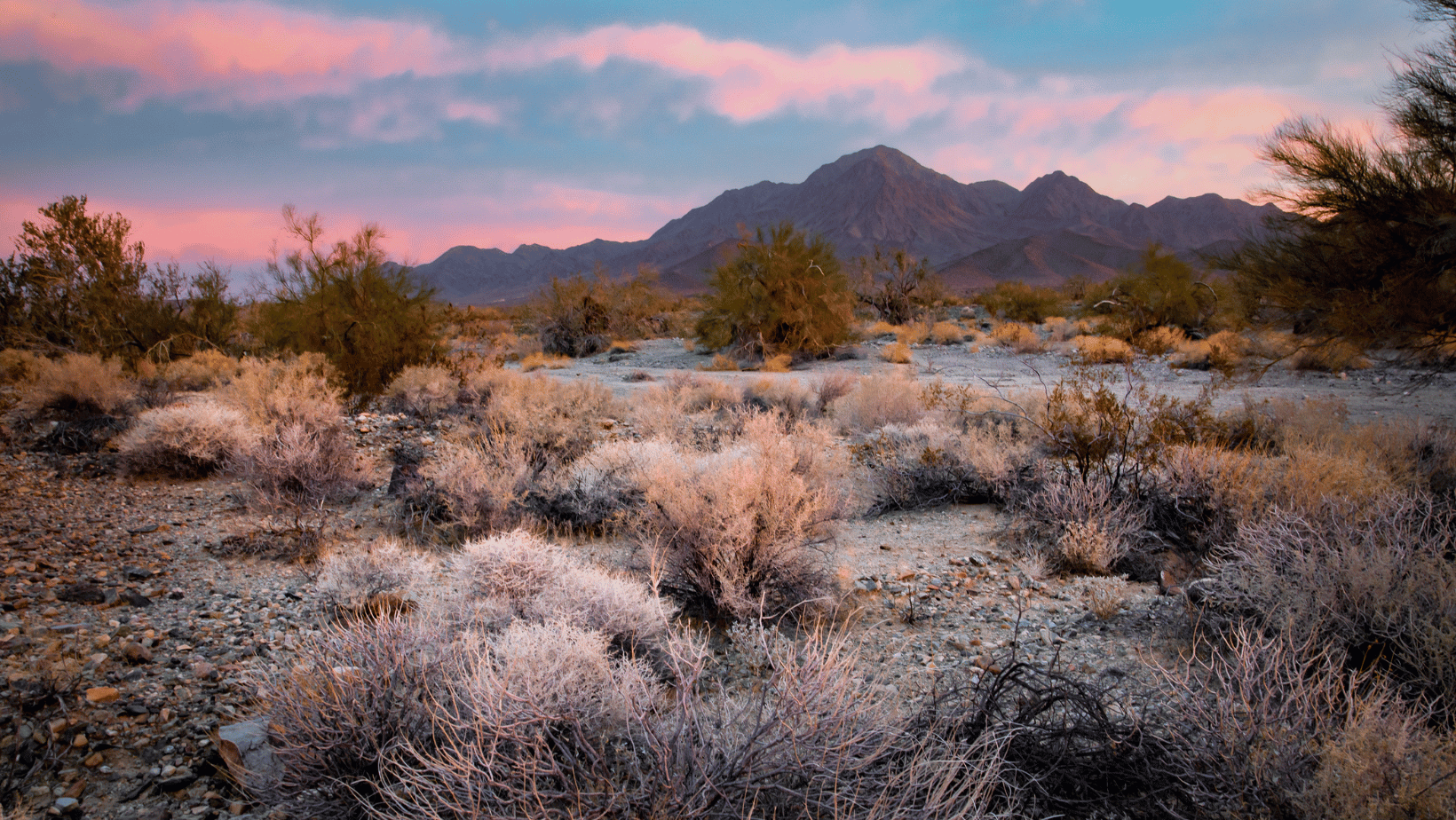
Photo: Chuckwalla National Monument, CA | Bob Wick
The Trump administration has intensified actions to privatize BLM lands and prioritize extraction and development over public access.
Monumental Confusion over National Monuments
On March 14, the administration issued a fact sheet disclosing plans to terminate protections for nearly one million acres of public land only to hastily remove the language the next day without explanation.
The Impact: Major news outlets reported that Chuckwalla and Sáttítla Highlands National Monuments in California were on the chopping block. These monuments were designated by President Joe Biden earlier this year following years of advocacy from Tribal Nations, local communities, elected officials, and residents who live closest to these monuments, who strongly supported these protections.
Our Take: It’s a shameful insult to the Indigenous cultural connections, vital wildlife habitats, outdoor access, and local economies these monuments support. We are ready to defend these national monuments should their designations be revoked.

Photo: Oil and gas development on public lands in California | Bureau of Land Management
New Executive Order Replaces Balance with Bulldozers
On March 20, the White House issued an Executive Order accelerating domestic mining and processing of minerals, copper, uranium and possibly coal on public lands, directing agencies to submit a list of priority projects to be fast-tracked within 15 days.
The Impact: This order prioritizes mining over all other public land uses and will likely bypass environmental laws, public scrutiny, the rights and traditions of Indigenous people, and the long-term preservation of lands that are essential wildlife habitats and part of our national legacy.
Our Take: We recognize the need to produce domestic critical minerals, but to do so without any regard for environmental protections or public input is reckless and ignores the financial values that natural landscapes are providing. We will fight for responsible mineral production and against exploitative efforts to plunder our national public lands and compromise the quality of the air we breathe, water we drink, or landscapes and wildlife we cherish.
Interior Department Announces Plans to Industrialize America’s Largest and Most Fragile Intact Public Landscape and Source of Indigenous Food Security
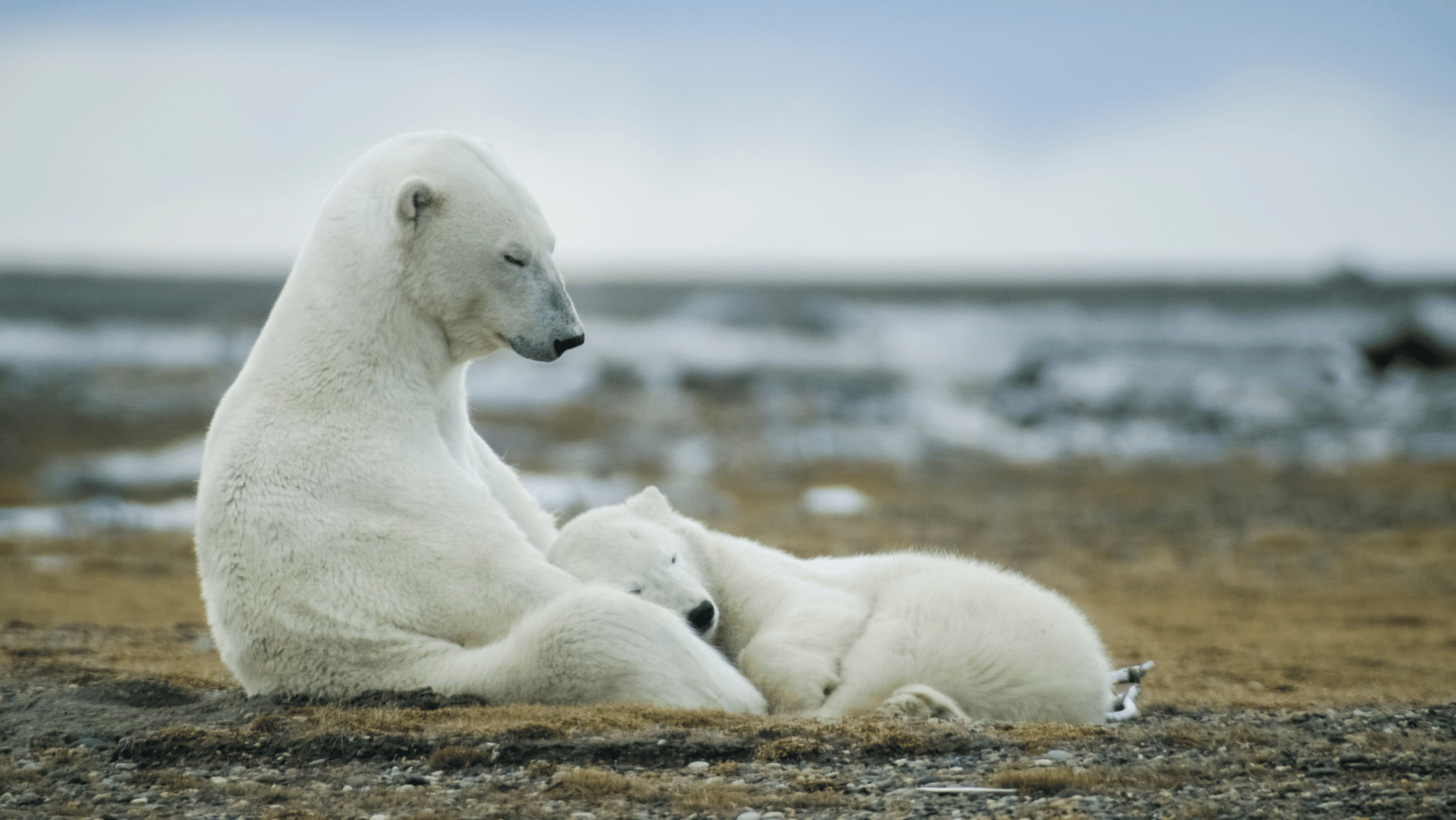
Photo: Polar bear with cub, Western Arctic | Florian Schulz
The Department of the Interior has announced a plan to open 82% of the 23 million-acre National Petroleum Reserve in the Western Arctic to oil and gas development, dramatically expanding industrial access to America's largest remaining piece of intact public land.
The Impact: This action stands to disrupt the Arctic's fragile ecosystem, which is already warming at more than twice the rate of the rest of the planet.
The plan would industrialize landscapes that are critical to caribou migration, polar bear denning, and bird nesting. Most significantly, it endangers areas like Teshekpuk Lake that have sustained Iñupiat communities for thousands of years, threatening traditional subsistence practices that remain vital to Indigenous cultural identity and food security.
Our Take: With the United States already the world's largest oil and gas producer, this expansion appears motivated more by corporate profit than legitimate energy needs. We remain committed to standing with the communities of the Western Arctic and utilizing all available tools to protect these irreplaceable public lands from short-sighted development.
New Bill Seeks to Dismantle Land Management Plans
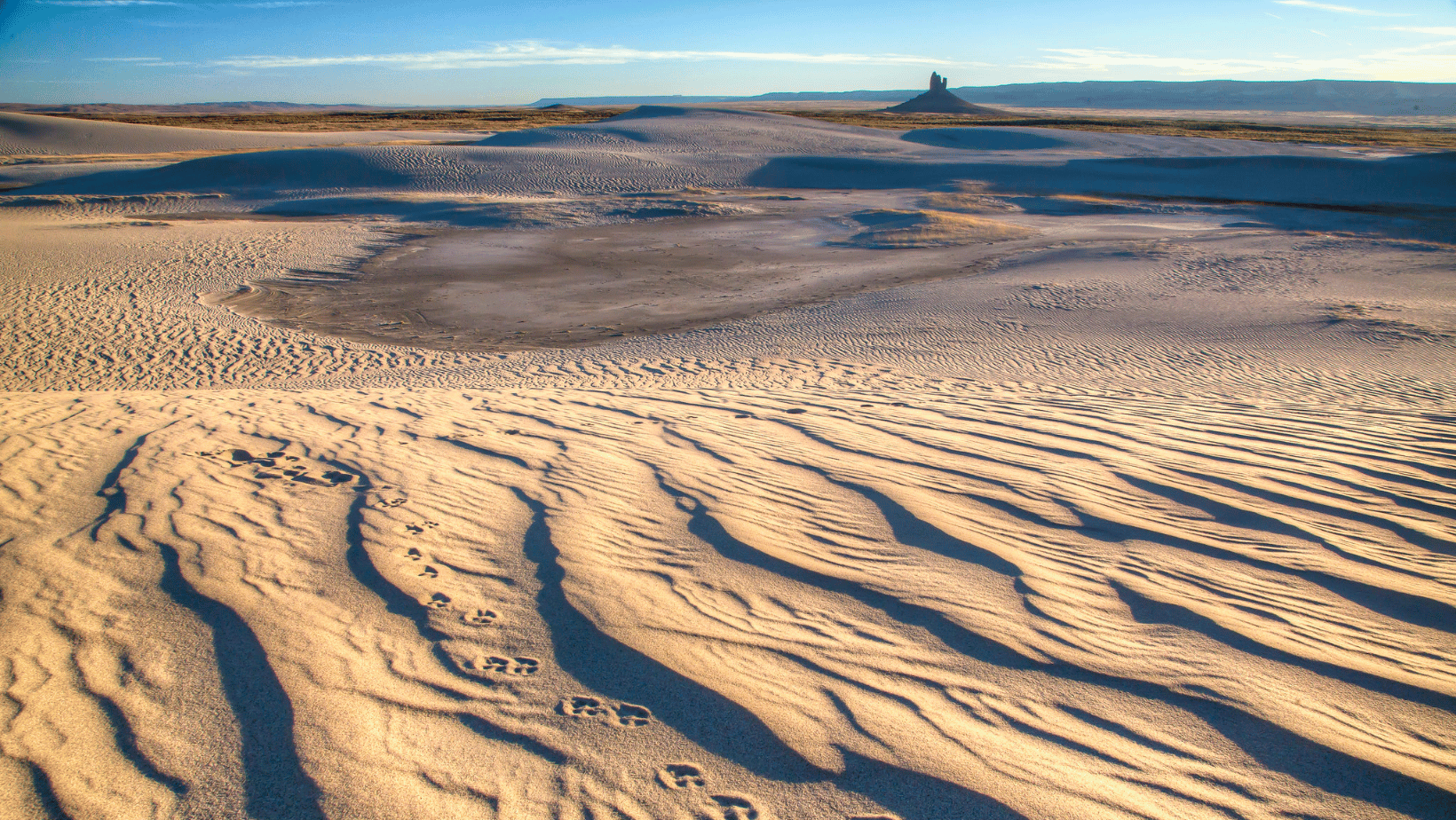
Photo: The Red Desert, Wyoming is a landscape that would be affected under Rep. Hurd's new bill | Bob Wick
Representative Jeff Hurd (CO-3) introduced legislation that would force the Bureau of Land Management to reissue nine finalized resource management plans for public lands across Colorado, Montana, Oregon, and Wyoming.
The Impact: If passed, this bill would override years of collaborative planning processes that established balanced approaches to public lands management shaped by input from local stakeholders and Tribes.
Our Take: This bill is a quick and cheap industry giveaway that undermines extensive public input and thorough environmental assessments. We will continue to push back on this shortsighted proposal that contradicts the wishes of Western voters across political affiliations who consistently express support for protecting public lands.
Community Leaders in Action: Public Land Advocates Head to DC
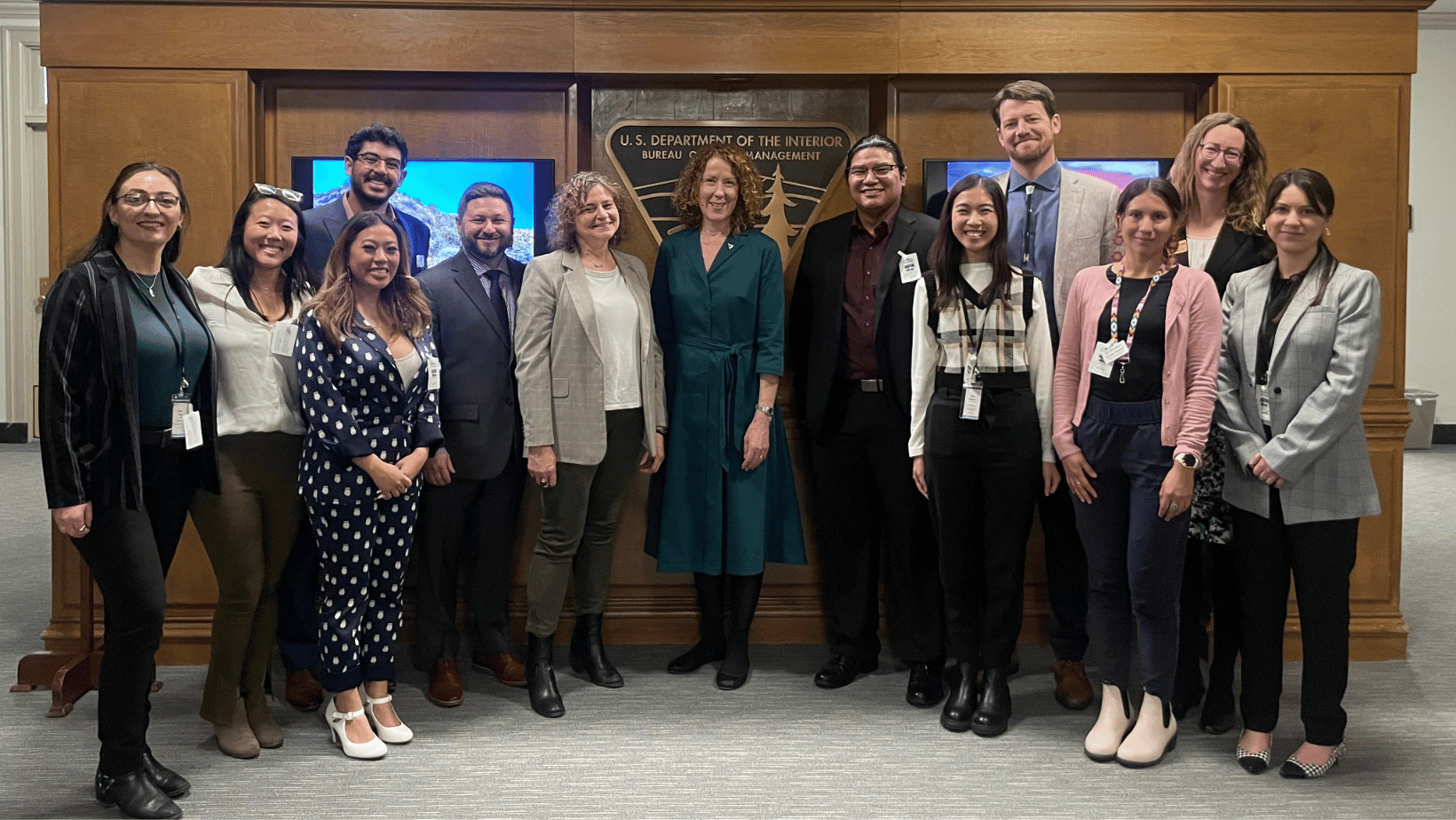
Photo: Friends Grassroots Network advocates meeting with former BLM Director Tracy Stone-Manning.
As you've read in this month's newsletter, public lands are facing serious threats from all levels of government, reminding us that their protection requires our ongoing advocacy. One of the ways we do this is bringing members of our Friends Grassroots Network from across the West to Washington, DC. Next week, these dedicated individuals will meet with members of Congress, participate in advocacy trainings, and strengthen the personal connections that make our movement powerful. Follow along on Instagram where we’ll be posting daily updates!
Trail Snacks
📻 Our Chief Conservation Officer, Jocelyn Torres, shared insights on current threats to public lands and what we can do to make our voices heard on a recent episode of The Outdoor Minimalist podcast.
⛺ Friends Grassroots Network partner Bears Ears Partnership invites you to become a Visit with Respect Ambassador to ensure visitors to Bears Ears National Monument in Utah visit safely and respectfully. Their next training session is on Saturday, April 26.
💧 The Mojave Desert Land Trust partnered with local biologists and wildlife organizations to install a new drinker for the desert bighorn sheep that travel between Mojave Trails National Monument and the Mojave National Preserve in California.
Thank you for being part of this vital work,

Chris Hill
Chief Executive Officer
